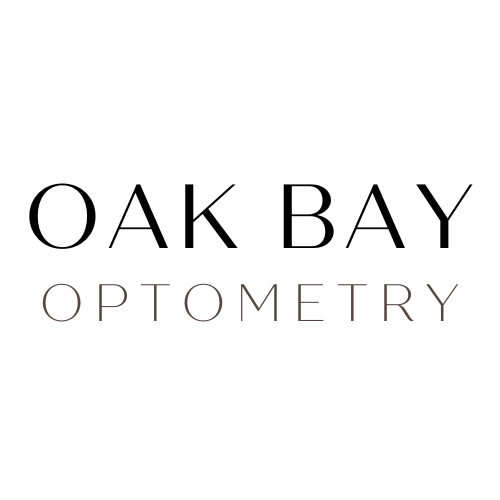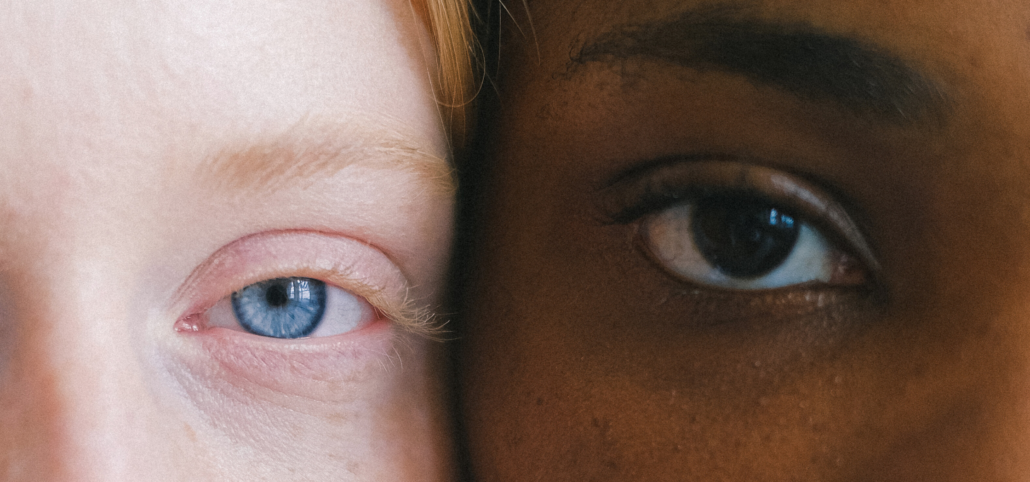7 Eyewear Essentials To Pack When Travelling
The plane tickets are booked, the hotel is confirmed, your bags are packed, you’ve double checked you have your passport, wallet, phone, charger, and toothbrush. You’re finally ready to relax and have fun – but have you thought about your eyewear?
Your vision is detrimental to your quality of life. This doesn’t change when you’re on vacation. A broken, stolen, or lost pair of glasses, an eye infection, and uncomfortable dry eye symptoms can really put a damper on your holiday. In fact, it becomes even more essential to be prepared for a potential breakage or loss when you’re travelling. The nearest optical lab can be a long way off and there’s no guarantee a new pair of glasses can be made for you quickly.
Whether you’re back country camping, lounging on the beach, or cruising the open road, be prepared with these eyewear essentials:
1 – A spare pair of glasses
It’s not just Murphy’s Law that causes those most in need of an optical correction to experience the most difficulty getting a quick replacement lens in an emergency situation. Complex, strong or difficult prescriptions can take longer to make. Getting a new pair of glasses may not even be an option if you’re travelling off the grid or in foreign countries.
If you’re helpless without your glasses, be prepared for loss or breakage.
We recommend regular contact lens wearers carry a back-up pair of glasses as well, in case you experience irritation or infection while you’re travelling.
2 – Sunglasses
You can slather sunscreen on your skin but it really stings if you try it in your eyes! UV400 protection is important to keep your eyes healthy and to avoid harmful sun damage.
Be careful when purchasing sunglasses from unreliable sources as they may not provide adequate protection from UV light. Just because the lenses are tinted, does not mean they provide UV protection and can potentially cause more harm to your eyes.
3 – An extra pair of contact lenses
Contact lens wearers should be aware that some countries have high levels of air pollution and contaminated water supplies, so be careful about hygiene. Fastidiously wash your hands before handling your contact lenses. Bring your own solutions if you’re not sure of their availability at your destination.
4 – A copy of your optical prescription
Suppose you end up in a situation where you need an emergency pair of glasses or contact lenses, you will be in need of your prescription. Keep a copy in your wallet or better yet, take a photo of your prescription with your phone so you always have it available.
If you’ve had your eye exam at Oak Bay Optometry, we can easily email your prescription to you.
Give us a call & we’ll help you out!
5 – Prescription-free lubricating eye drops
Long airplane flights and changes in environment can lead to dry eye symptoms. Everyone could benefit from lubricating drops in these environments.
Preservative-free artificial tears, like Thealoz-Duo, help to reduce inflammation and restore the eye’s normal lubricated environment.
Visit Oak Bay Optometry to stock up on eye drops before your trip.
6 – Cleaning cloth and spray for your glasses
You don’t want to be site-seeing with dirty lenses. Pack cleaning spray and an extra microfibre cloth to keep your lenses as clean as possible. Harsh chemicals can be damaging to your glasses, be sure to use cleaning spray made specifically for eyewear.
Individual lens cleaning wipes can be handy will travelling. They’re convenient to pack in your purse, carry-on, or suitcase. They also work great for cleaning your phone and camera lenses.
In the case you’re caught with dirty glasses and nothing to clean them with, use lukewarm water and mild soap. You don’t want to use soap too often as it can breakdown your frame materials and lens coatings quicker but it works in a pinch.
7 – A durable glasses case
Have you seen how they handle luggage at the airport? It gets tossed around. Add an extra level of protection to your glasses by putting them in a durable hard case. If you carry your glasses in your purse or on your person, a hard or soft case is important to avoid scratching the lenses.
Give yourself peace of mind and ensure you have the most relaxing vacation possible. Be prepared for eyewear emergencies.
Call or visit us to learn more and to pick up your eyewear essentials.

